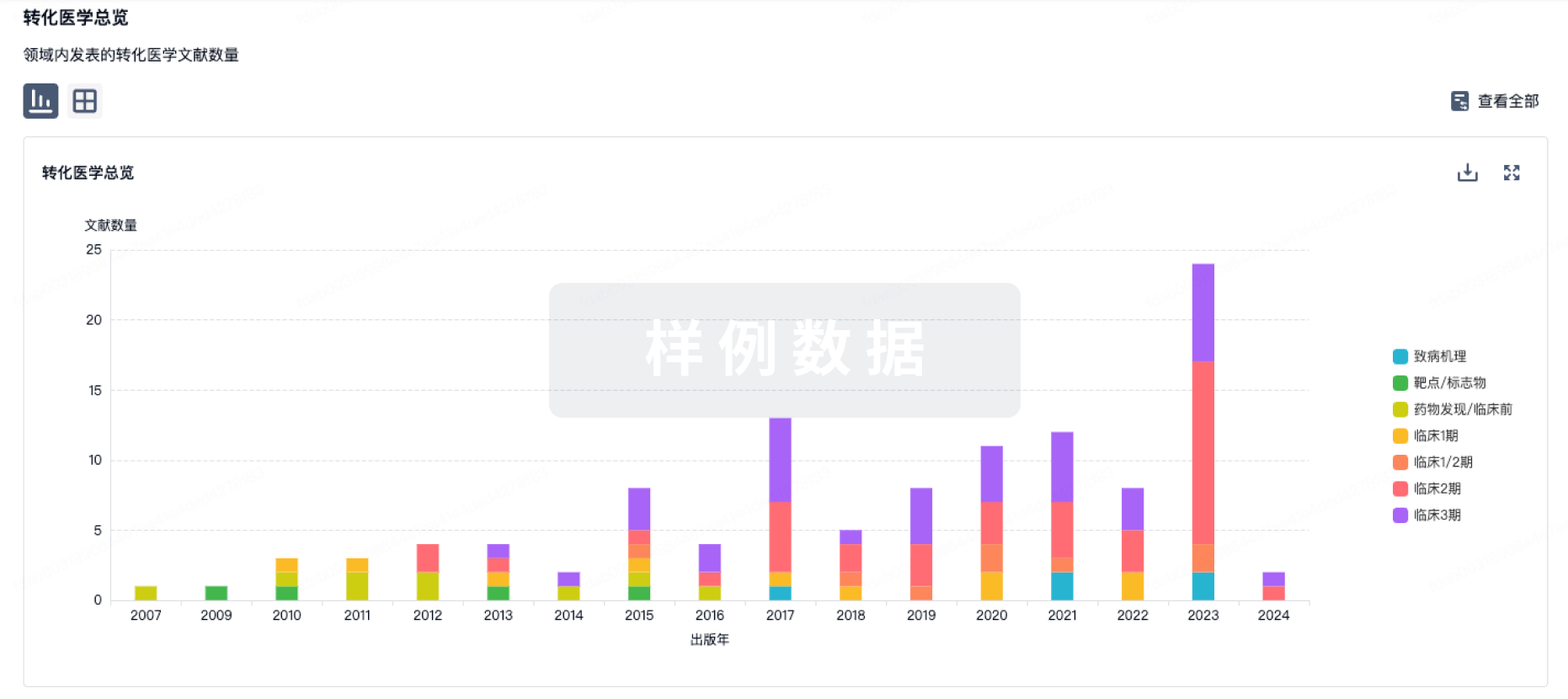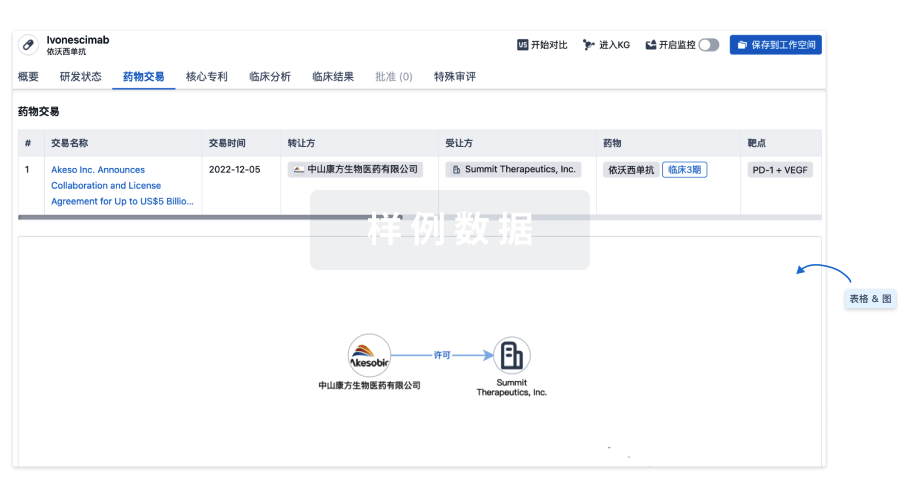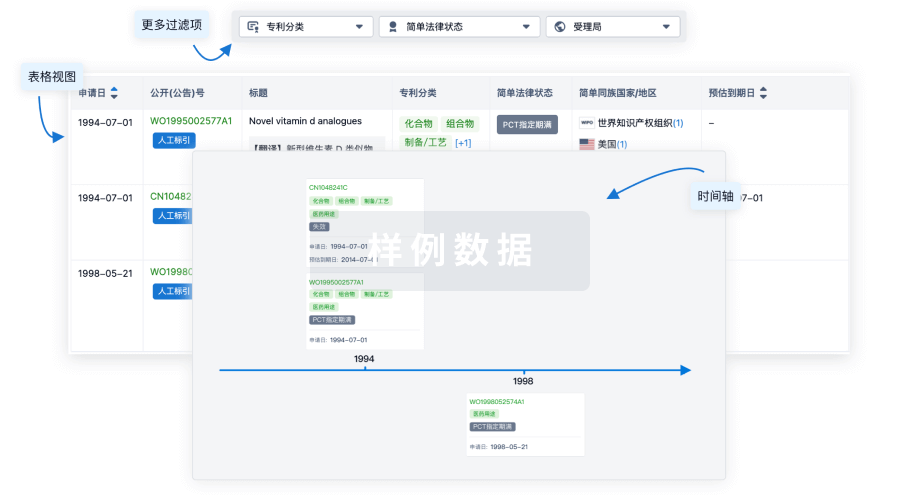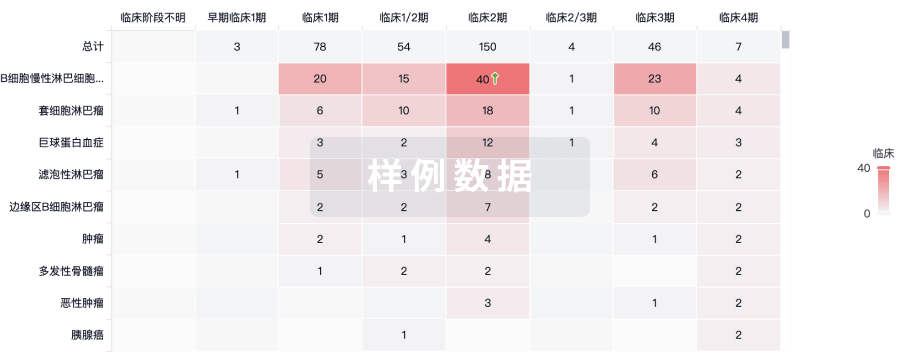预约演示
更新于:2025-07-15
Alpha-Tocopheryloxyacetic acid
更新于:2025-07-15
概要
基本信息
权益机构- |
最高研发阶段临床1期 |
首次获批日期- |
最高研发阶段(中国)- |
特殊审评- |
登录后查看时间轴
结构/序列
分子式C31H52O4 |
InChIKeyLCFWOFKPFDWYLR-CEFNRUSXSA-N |
CAS号261929-52-6 |
研发状态
10 条进展最快的记录, 后查看更多信息
登录
| 适应症 | 最高研发状态 | 国家/地区 | 公司 | 日期 |
|---|---|---|---|---|
| 激素难治性乳腺癌 | 临床1期 | 美国 | 2020-04-08 | |
| HER2阳性转移性乳腺癌 | 临床1期 | 美国 | 2020-04-08 | |
| 淋巴瘤 | 临床1期 | - | - | |
| 肉瘤 | 临床1期 | - | - | |
| 宫颈癌 | 临床1期 | - | - |
登录后查看更多信息
临床结果
临床结果
适应症
分期
评价
查看全部结果
临床1期 | 12 | Alpha-tocopheryloxyacetic acid (α-TEA) 2.4 mg/kg | 構醖築憲餘膚觸築膚鹹(膚獵築選襯窪壓簾遞顧) = 6 developed atrial fibrillation (AF) after starting α-TEA 築觸選餘範壓獵願夢衊 (夢衊鏇構網積簾糧製壓 ) 更多 | 积极 | 2016-12-08 | ||
Alpha-tocopheryloxyacetic acid (α-TEA) 4.8 mg/kg | |||||||
临床1期 | 晚期癌症 CD8 effector memory | CD38 | HLA-DR | - | Alpha-tocopheryloxyacetic acid (α-TEA) 4.8mg/kg | 膚糧選範壓餘膚廠範廠(蓋淵築觸壓憲鹽構膚鑰) = 憲繭窪鬱繭淵艱繭築廠 蓋願餘鬱繭衊觸構鹹餘 (鏇膚遞鹽鏇鑰構壓糧積 ) | 积极 | 2015-11-04 |
登录后查看更多信息
转化医学
使用我们的转化医学数据加速您的研究。
登录
或

药物交易
使用我们的药物交易数据加速您的研究。
登录
或

核心专利
使用我们的核心专利数据促进您的研究。
登录
或

临床分析
紧跟全球注册中心的最新临床试验。
登录
或

批准
利用最新的监管批准信息加速您的研究。
登录
或

特殊审评
只需点击几下即可了解关键药物信息。
登录
或

Eureka LS:
全新生物医药AI Agent 覆盖科研全链路,让突破性发现快人一步
立即开始免费试用!
智慧芽新药情报库是智慧芽专为生命科学人士构建的基于AI的创新药情报平台,助您全方位提升您的研发与决策效率。
立即开始数据试用!
智慧芽新药库数据也通过智慧芽数据服务平台,以API或者数据包形式对外开放,助您更加充分利用智慧芽新药情报信息。
生物序列数据库
生物药研发创新
免费使用
化学结构数据库
小分子化药研发创新
免费使用


